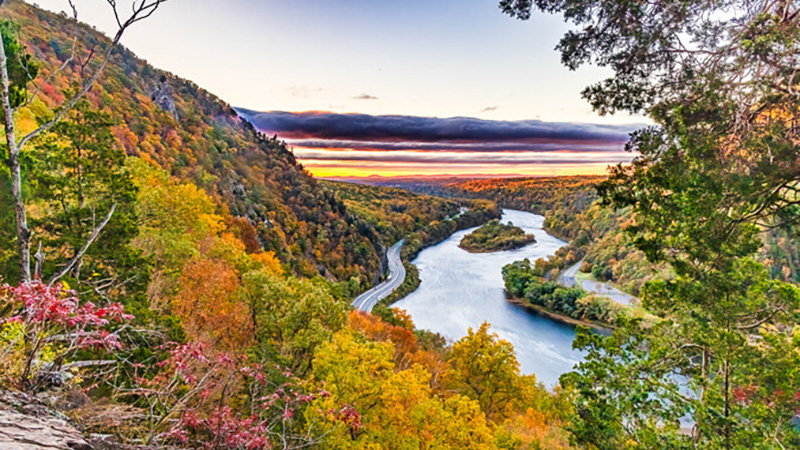Terratracks
Description
Welcome to the work of Terratracks by Ray Roper. Wanderlust seems to have been built into my genetic code. To my great good fortune (and judgment, of course), I married a girl with an equal bent to see the far-flung places of the world—preferably those that require walking to be seen. This exhibit will showcase images and stories indelibly printed in both digital and human memory. For a more complete review of photography from trips and treks both around the world and nearer to home here in the Poconos, please visit our website at http://terratracks.photography. We also invite you to “like” and “follow” our Facebook page “Terratracks by Ray Roper.”
Personal History
I like to say I've had four careers: Air Force fighter pilot (Viet Nam era), airline pilot (until Eastern Airlines was destroyed by corporate raiders and mismanagement), computer and software sales (until the software I wrote for my own use became a marketable product), and software development engineer (now retired). During all those career gyrations, however, one abiding love remained—the creative outlet of photography. With the advent of digital cameras and their vastly lower cost per image and a decreasing software development workload through aging (both mine and the software's), opportunities for travel to some of the world's premier trekking locations were dramatically improved, and along with it the chances to capture and creatively process some striking images became a realistic possibility. So here we all are.
Our Photographic Philosophy
The world's great trekking locations qualify for that appellation largely because they are visually stunning. My goal then is twofold: first to get to see some of those places firsthand, and second to preserve those memories in captured digital images in a manner that does justice to their fascination for us as seen directly. Since human eyes have a vastly greater ability than even the most sophisticated modern camera to see wide ranges of light and dark and extremely subtle gradations of color, doing the scene justice requires some creative post-processing. Not, we should hasten to aver, to add elements that were not in the view in the first place, but simply to take maximum advantage of the camera's abilities to produce an image that comes as close as possible to possessing all the rich visual bounty that dazzled our eyes in the original spectacle.

